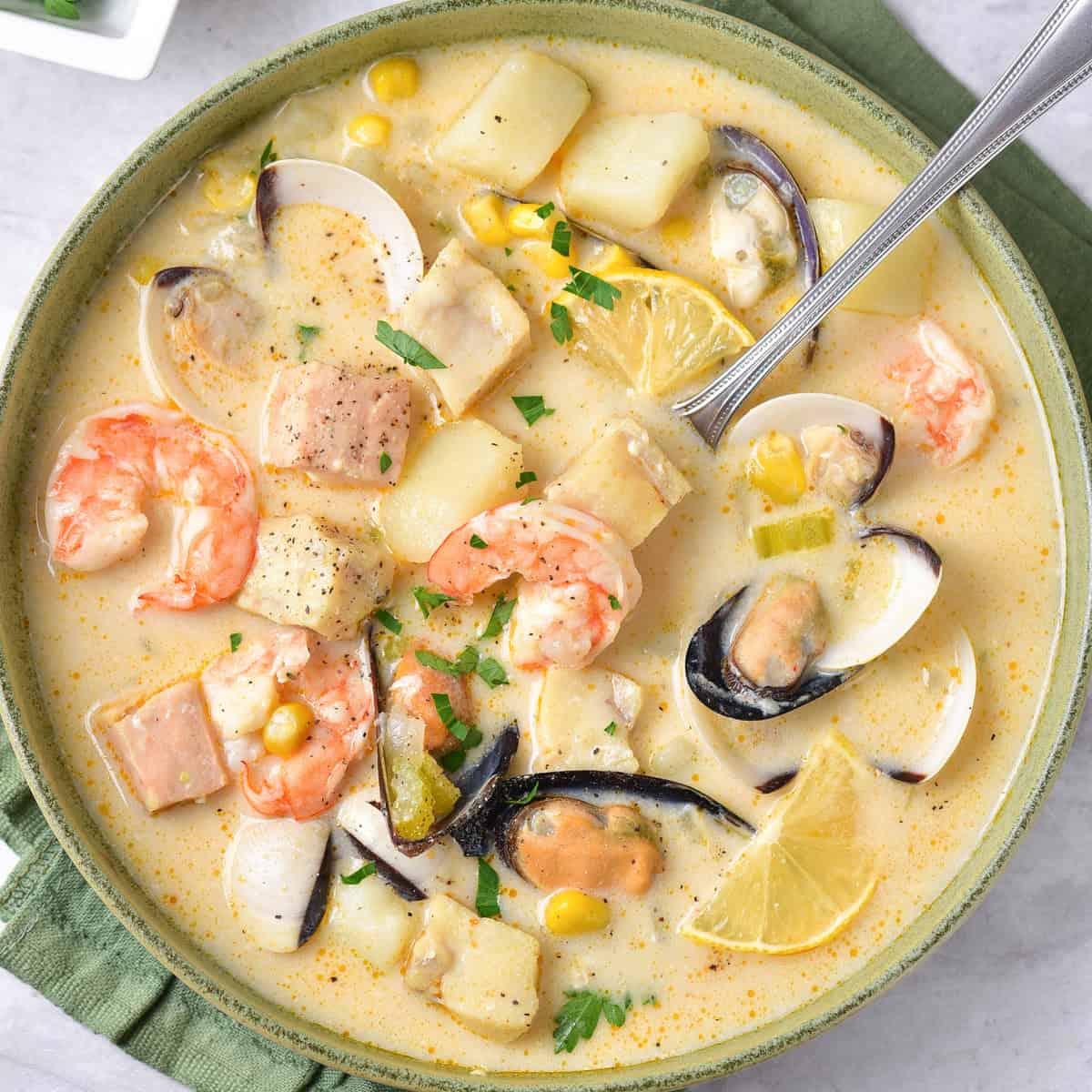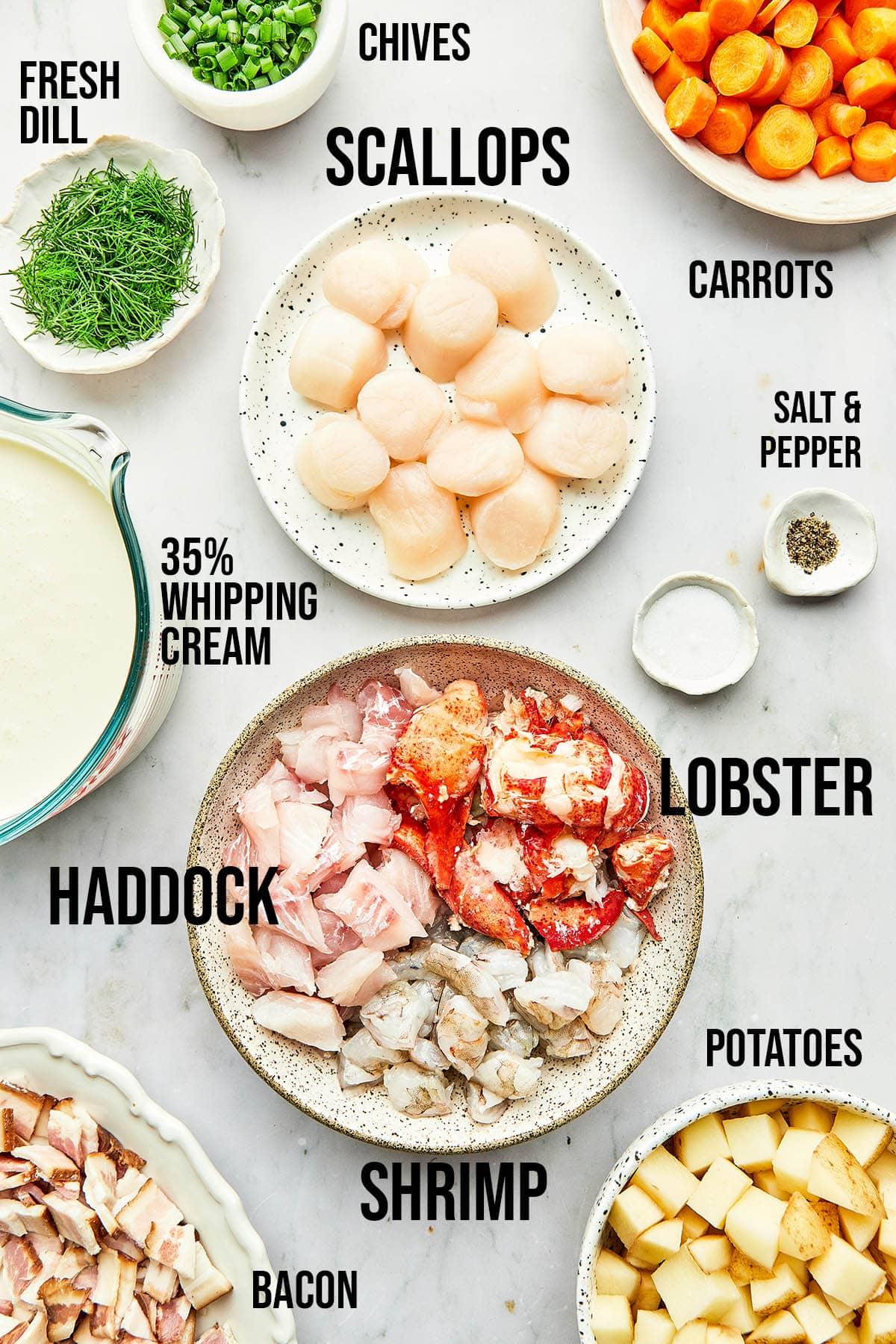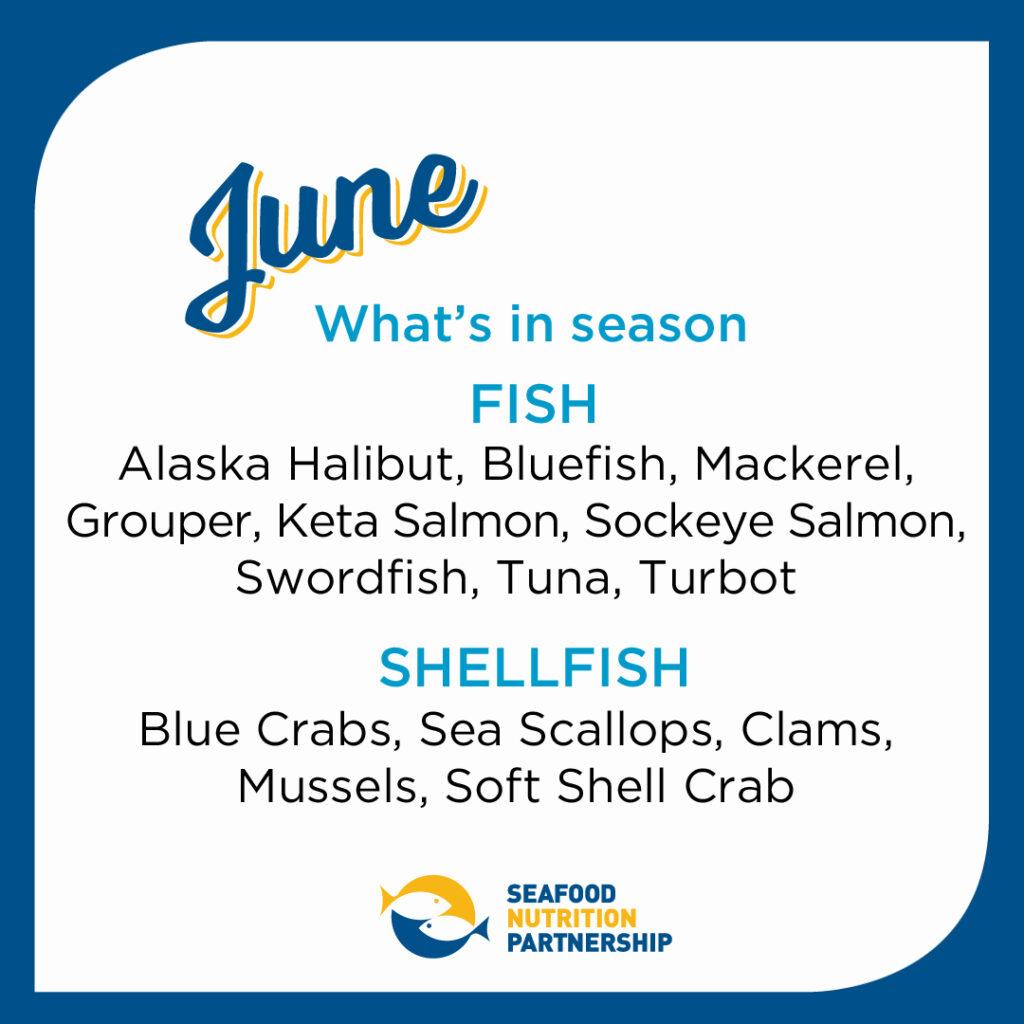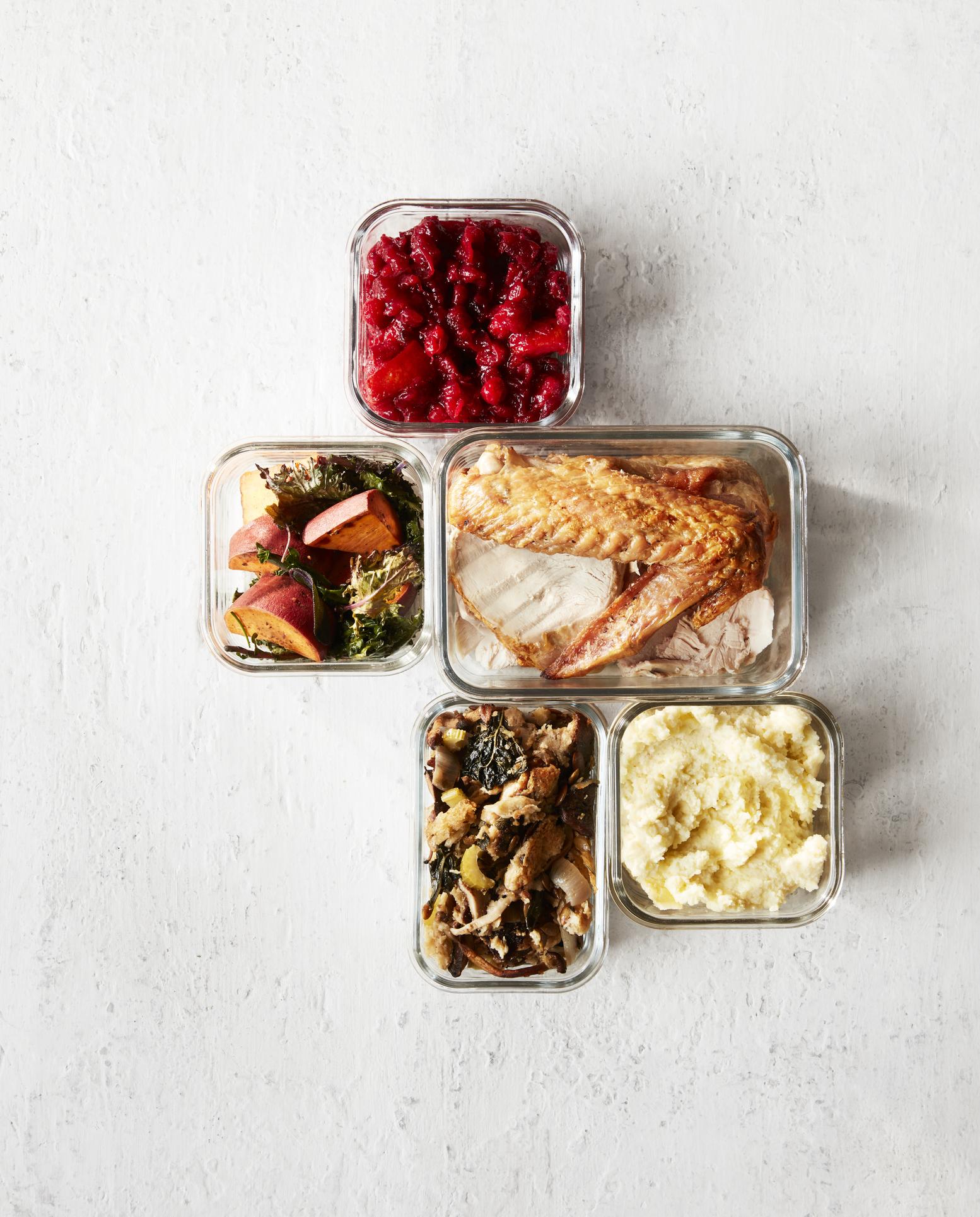
When the chill of winter settles in or the skies turn gray with impending rain, there’s nothing quite like the comfort of a warm, hearty bowl of chowder.Among the myriad of options, seafood chowder stands out as a delightful blend of ocean flavors and creamy richness that can transport your taste buds right to the shore. This dish not only evokes memories of salty breezes and sun-soaked days but also offers an inviting hug in a bowl. In this article, we’ll guide you through a timeless seafood chowder recipe that balances freshness and heartiness, perfect for gatherings or a cozy night in. Grab your apron and join us in creating a dish that celebrates the bounty of the sea while warming your soul.
Exploring the Rich Flavors of Hearty Seafood Chowder
Indulging in a bowl of seafood chowder is like savoring the ocean’s bounty, each spoonful brimming with layers of flavor that transport your taste buds to coastal shores. The depth of richness in this dish is achieved through a symphony of fresh ingredients that meld beautifully. From succulent chunks of fish such as cod or halibut to tender shrimp, the seafood forms a delectable base, while ingredients like creamy potatoes and sweet corn add texture and substance. Anchoring these flavors are aromatic herbs and spices, like fresh dill and a hint of smoked paprika, which evoke the spirit of a seaside kitchen.
What truly sets a seafood chowder apart is the broth, which is both hearty and comforting. Created using a blend of fish stock and a touch of cream, the broth envelops the ingredients in a warm embrace, ensuring every bite is refreshing yet satisfying. For those looking to customize their chowder experience, consider these essential toppings to enhance your culinary creation:
- Fresh parsley for a splash of color and freshness
- Crusty bread on the side, perfect for dipping
- Cracked black pepper to add a touch of heat
With each element working in harmony, the seafood chowder becomes not just a meal, but a festivity of flavors and textures that leave a lasting impression.

Key Ingredients for a Perfectly Balanced Chowder
Creating a perfectly balanced chowder requires a harmonious blend of ingredients that contribute both flavor and texture. Start with a solid base by using fresh seafood, such as shrimp, clams, or crab. These ingredients not only provide a savory essence but also add a delicate sweetness that elevates the dish. To thicken the chowder and give it that creamy allure, incorporate potatoes and corn. These staples soak up the broth’s richness while offering delightful bites, making every spoonful satisfying. Other essential elements include a base of aromatic vegetables like onions, celery, and carrots. Sautéing these vegetables enhances their natural sweetness, creating a flavorful backdrop for your chowder.
Seasoning plays a pivotal role in ensuring your chowder sings with flavor.A pinch of salt and pepper is just the beginning—don’t shy away from adding a dash of paprika or cayenne pepper for a hint of warmth and depth. fresh herbs such as thyme and parsley bring brightness and an aromatic completeness to the dish. Use a rich broth—whether clam, fish, or vegetable—to unify all these elements, ensuring a comforting taste with every mouthful. To finish, a swirl of cream or a scoop of butter at the end adds the final layer of indulgence, creating a velvety texture that embraces the seafood and vegetables perfectly.

mastering the Cooking Techniques for Ultimate Creaminess
Achieving the perfect creamy texture in your seafood chowder begins with mastering a few key cooking techniques.Start by selecting high-quality ingredients like fresh seafood and handpicked vegetables.Sautéing your aromatics—like onions, garlic, and celery—in a generous amount of butter allows their flavors to blossom while lending richness to the chowder base. Gradually add flour to create a roux,which will serve as the thickening agent for your dish. this technique ensures that the final product boasts a smooth, velvety consistency. It’s essential to continuously whisk the roux to prevent lumps and achieve an even texture throughout.
After incorporating your base, gently stir in creamy elements like heavy cream or coconut milk for added richness, and let them meld into the mixture after adding the seafood. Remember to cook your chowder over low heat to maintain both the integrity of the ingredients and the desired creaminess. Avoid high temperatures, which can cause dairy to separate and result in a gritty texture. To enhance the overall experience, consider incorporating a variety of seafood—such as shrimp, clams, and fish—together with fresh herbs like dill or parsley to elevate the flavor profile. This harmonious blend of techniques and ingredients will ensure a delightful chowder that is every bit as creamy as you envisioned.

Tailoring Your Chowder with Seasonal Seafood and Vegetables
When crafting your chowder, consider incorporating an array of seasonal ingredients to bring fresh flavors and textures to your dish. The use of local seafood not only enhances the taste but also supports sustainable fishing practices. Depending on the season, you can experiment with:
- Spring: sweet peas, asparagus, and halibut
- Summer: Corn, zucchini, and shrimp
- Fall: Squash, clams, and root vegetables
- Winter: Potatoes, leeks, and crab
Each season brings unique flavors that can elevate your chowder from ordinary to extraordinary. Pairing these seasonal treasures with aromatic herbs such as thyme or dill can enhance the overall profile of the dish. For a touch of luxury, consider adding a splash of steadfast crème fraîche for a creamy finish that complements the freshness of your ingredients.
| Season | Recommended Seafood | Suggested Vegetables |
|---|---|---|
| Spring | Halibut | Asparagus, Sweet peas |
| Summer | Shrimp | Zucchini, Corn |
| Fall | Clams | Squash, Root Vegetables |
| winter | Crab | Leeks, Potatoes |

Serving Suggestions to Enhance Your Chowder Experience
To elevate your seafood chowder experience, consider serving it with a variety of delightful accompaniments that complement its rich, creamy texture. A sprinkle of fresh herbs such as parsley or chives can add a burst of color and freshness right before serving. Additionally, offering a selection of sides can turn your chowder into a hearty meal. some excellent options include:
- Crusty Bread: A warm sourdough loaf or a platter of garlic bread for dipping.
- Cheese Crackers: crispy crackers topped with sharp cheddar to enhance the flavors.
- Salad: A light mixed greens salad with a citrus vinaigrette to contrast the richness.
For a touch of indulgence, consider incorporating a few finishing touches that will tantalize the taste buds. You can place a dollop of herbed crème fraîche or a drizzle of truffle oil on top of each bowl for an elegant flair. Additionally, a squeeze of fresh lemon juice can brighten the dish considerably. For those who appreciate a kick, keep a side of hot sauce or chili flakes handy. Here’s a rapid reference table for some additional garnishes to consider:
| Garnish | Description |
|---|---|
| Crumbled Bacon | Adds a smoky crunch and depth of flavor. |
| Seafood Medley | Extra shrimp, scallops, or crab for a lavish top layer. |
| Pickled Jalapeños | For those who enjoy a bit of spice and tanginess. |

Storage Tips for Enjoying Leftovers at Their Best
To ensure your leftover seafood chowder remains delightful, start by storing it in an airtight container. This step is crucial to preserving the rich flavors and preventing any unwanted absorption of odors from your fridge. Make sure to let the chowder cool to room temperature before sealing the container; this reduces condensation and maintains a creamy consistency. Additionally, consider portioning the chowder into smaller containers for easy reheating. The ideal storage duration in the refrigerator is 3 to 4 days, while it can last up to 3 months in the freezer.
When it’s time to reheat, use a gentle heat to avoid separation of the ingredients. A stove top is preferable as it allows you to stir the chowder back to its original texture. If reheating from frozen, transfer it to the fridge the night before to thaw gradually. Add a splash of cream or broth to refresh the flavors, and garnish with a sprinkle of fresh herbs before serving. For optimal enjoyment, keep these tips in mind:
- Store leftovers promptly—within two hours of cooking.
- Label containers with the date to track freshness.
- Reheat to a minimum temperature of 165°F for safety.
In Retrospect
As you gather your ingredients and prepare to embark on this culinary adventure, remember that a hearty seafood chowder is more than just a dish—it’s a warm embrace of comfort, a celebration of ocean flavors, and a reminder of the joys of cooking at home. Each spoonful is infused with the bounty of the sea, and the subtle fusion of herbs and spices will transport you to a rustic coastal kitchen.
Whether you enjoy it on a cold winter evening or bring it to a family gathering, this chowder is sure to become a beloved staple in your recipe repertoire.So, don your apron, let the simmering aromas fill your home, and dive into the delightful process of making chowder that warms both the heart and soul. Bon appétit!
